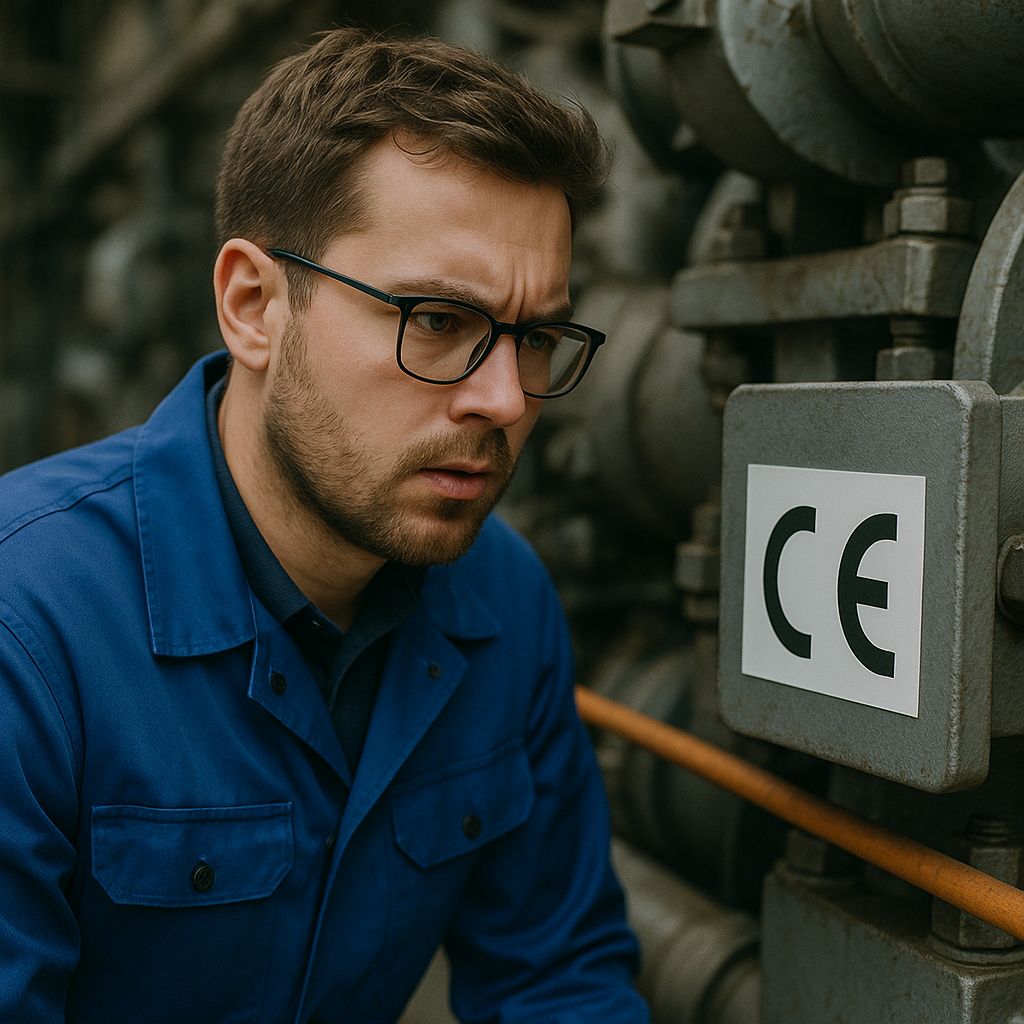ONE digital language – for stable automation
Lost in Translation? SELMO – ONE digital language that makes machines truly digital. For companies to benefit from all the advantages of digitization...
2 min read
 DI Markus Gruber
:
Oct 20, 2025 9:36:49 AM
DI Markus Gruber
:
Oct 20, 2025 9:36:49 AM
_abgerundet.jpg)
The world of machine control is on the brink of change. The Machinery Regulation 2027 makes it clear: it is no longer sufficient for machines to merely function.
Machines must be documented, verifiably correct and traceable - otherwise the CE marking will be at risk.
However, the path from initial requirements to the final control code demonstrates that the traditional development process of machine software is full of risks. This is precisely where Selmo steps in - with an approach validated by industry representatives and legal experts.
Every machine begins with requirements - what the customer orders: the desired functionality. These requirements are translated into mechanical and electrical specifications, using specific components such as sensors, actuators and circuit diagrams.
On this basis, the programmer develops the control code intended to represent the ideal process. Yet, this code is traditionally created manually - and often only reveals its true form during commissioning:
Testing is possible only on site with the actual hardware.
Mechanical or electrical deviations require changes and time-consuming retesting.
The "finished" code is rewritten, adapted and modified multiple times.
In the end, the resulting code may function, but it:
deviates from standards,
lacks a formal counterpart describing it,
and cannot be clearly verified - except through hardware testing.
The result is a black box: a control system in which the internal logic is neither transparent nor traceable.
Why AI doesn't solve the problem
In the era of artificial intelligence, it’s tempting to simply have code generated automatically. Yet this can make the situation even more critical:
Who verifies the AI-generated code?
Every small change requires new tests.
In complex state spaces, undefined states remain a significant risk.
The core question remains: Who is responsible?
As long as code is the sole outcome, it remains a difficult-to-verify black box. Without reliable approaches, rising costs, unclear responsibilities, and, in the worst case, safety gaps are the inevitable consequences.
The question "Who wrote the code?" falls short. The critical question is: How is it created - and can it be verified?
Selmo opens the black box:
A formal process model replaces manual or AI-based programming.
The code is generated algorithmically, automatically and formally correct.
Requirements are clearly mapped, documented and verifiable.
The result: documented, verified and legally compliant code that is no longer the problem, but the answer. This is how our approach is structured:
We structure machine control in three dimensions:
Process
Technology
Function
Each function is a self-contained, verifiable unit with clearly defined boundaries and constraints.
Functions can be formally described and tested.
From the PTF approach, a complete process model is created:
From this model, our Selmo Studio automatically generates the control code algorithmically and with formal verification.

From 2027, the Machinery Regulation requires:
Documented logic
Elimination of undefined states
Traceable behavior
The traditional approach - whether manual or AI-based - does not provide this.
Selmo does:
100% replacement of manual programming within the process
Clearly documented and formally verified code
Legal certainty through traceability and standardization
A formal counterpart to the code - just as self-evident as a circuit diagram or design blueprint
This enables what was previously missing: machine control that is transparent, verifiable and fully compliant with regulations.
Read more about this topic here.
.png)
Lost in Translation? SELMO – ONE digital language that makes machines truly digital. For companies to benefit from all the advantages of digitization...

The new EU Machinery Regulation (2027) will come into force on January 20, 2027.It will fundamentally change the mechanical engineering industry: in...

Standardization in machine programming In mechanical engineering, there is no generally applicable industry standard, especially in the programming...